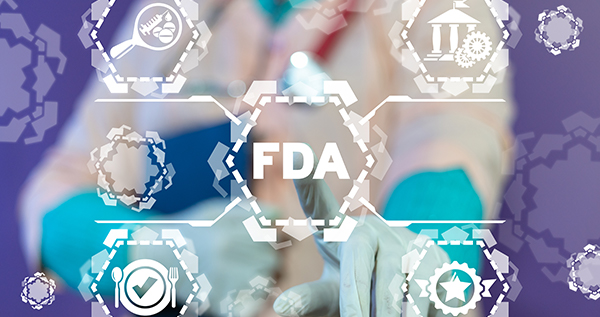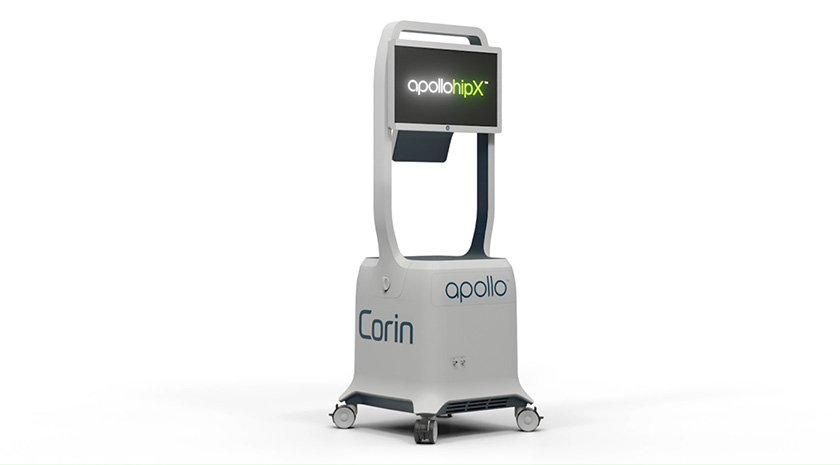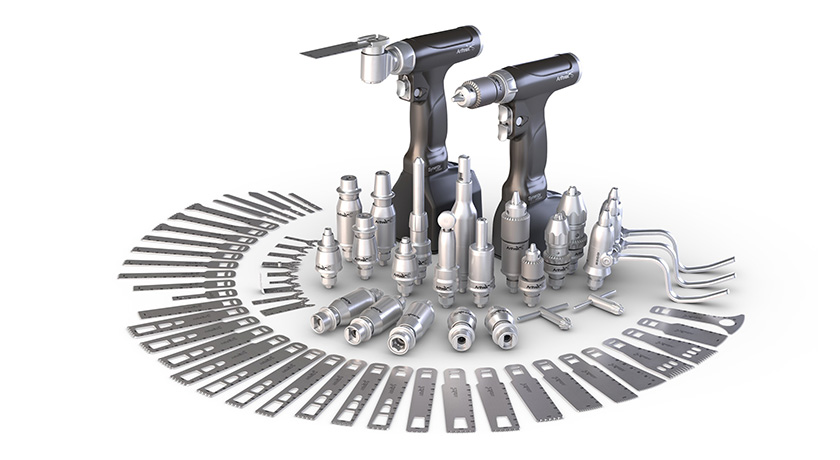
Ask the Expert is a series of reader questions answered by industry advisors. Email us your questions.
Question: FDA recently finalized guidance on use of ISO 10993-1 and included measures on risk management processes. How should we take a risk-based approach to assess biocompatibility in devices?
Answered by Trenton Walker Medical Device Manager at Element Materials Technology: Let’s first look at the changes before advising how to respond.
Why the Changes?
The changes to ISO 10993-1 are intended to shift the medical device manufacturer’s approach to biocompatibility assessments. In the past, many medical device manufacturers used the “check-box” approach to determine biocompatibility testing requirements by following Table A.1. The idea that all one had to do for biocompatibility assessment was “follow the table” often resulted in individuals without the required experience or expertise managing the process, and I believe this quickly became evident to the regulatory bodies reviewing device submissions. That approach likely led to a number of uncomfortable audit situations in which it was clear that Table A.1 had been followed but there was still an absence of material or process characterization, and the related risk assessments. As a result, the changes to the ISO 10993-1 document have re-emphasized the need to better understand and characterize the materials, processes, and risks associated with the medical devices being taken to market.
How to Respond?
It’s time to dedicate resources to staffing specialists with the appropriate background and expertise in biocompatibility and biological safety assessments. These individuals will work with design and development teams and lead the effort to create a biological evaluation plan. This includes using physical and chemical assessments of materials, process characterizations, and literature and historical data review to develop a testing plan that will meet regulatory requirements and address biological risks.
What does this Ultimately Mean for Orthopedic Device Manufacturers?
For many companies, the updates to ISO 10993-1 may be significant in terms of resource allocation. Dedicated expertise in the area of biocompatibility and biological safety will become more necessary and critical moving forward. This represents an increase in staffing costs and, subsequently, product development costs. While increased costs are never welcomed, I believe that, over the long-term, these changes in approach to biocompatibility assessments are in the best interest of the patients and device manufacturers. Medical device companies are in the business of improving the lives of patients with their innovative products. The last thing any company wants is for a product that has the potential to drastically improve lives actually cause harm because of uncharacterized materials or process contaminants and the subsequent unmitigated risks.
Trenton Walker brings over a decade of professional experience in medical device R&D, Design Control and Quality Management. He currently serves as Manager for Element’s medical device microbiology team in Warsaw, Indiana.
PM
Patrick McGuire is a BONEZONE Contributor.




